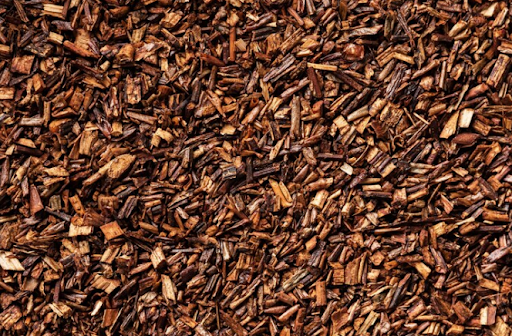Horses are majestic creatures known for their grace and power. But, like all animals, horses are susceptible to various ailments — including respiratory issues. And, since horses rely on breathing to stay healthy and happy, it’s essential to know the signs of respiratory problems in horses and how to address them.
As horse owners or caregivers, it’s our responsibility to be aware of the common respiratory issues in horses — and how best to prevent and treat them. Let’s look closely at equine respiratory health and what you need to know about it.
First things first: what are the common causes of equine respiratory problems? The most frequent culprits include bacterial or viral infections, dust or mold spores in the air, allergies or sensitivities, or even inhaling smoke from burning wood or hay. But these aren’t the only potential sources of trouble; other things, like contact with certain plants, can cause breathing difficulties in horses too.
Once you know the possible causes of horse breathing issues, let’s move on to recognizing signs that your horse may have difficulty respiration. Some tell-tale signs include coughing or wheezing; labored breaths; dry nostrils; nasal discharge; flaring nostrils; and decreased energy levels due to difficulty catching breath. If your horse exhibits these symptoms, you must immediately contact your vet for a diagnosis and treatment plan.
Now that you understand what types of things can cause equine respiratory issues and how to spot them early on — let’s discuss prevention strategies for keeping your horse healthy and free from breathing troubles. The best way to ensure proper respiratory health is by providing your horse with clean air indoors (in their stable) and outdoors (when exercising). Ensure your horse living space is properly ventilated — ideally with fresh air through open windows — and free from dust particles like hay debris or mold spores. Also, consider investing in an air filter, especially if you live in a place with a lot of smoke from burning wood or other materials nearby.
Beyond air quality control measures for preventing equine respiratory problems, you can also take proactive steps to monitor your horse’s health on a day-to-day basis. Pay attention when grooming your horse — look out for nasal discharge or changes in breathing patterns — and keep an eye out for any unusual behavior while riding, too (like panting more than usual). Additionally, make sure that your vet examines your horse regularly so they can detect any warning signs before they become serious issues!
Finally, if your horse develops a respiratory issue, following your vet’s instructions is essential for the best results. Depending on the diagnosis, your vet may recommend antibiotics, other medication, and specific lifestyle modifications like more frequent exercise or more time outdoors. It’s also important to recognize that some horses may need help with their breathing — as in the case of specific conditions like heaves — and you may need to provide them with treatment and special care.
In conclusion, equine respiratory issues can be severe and should not be taken lightly. As horse owners or caregivers, we must be aware of the potential causes of such problems. We must take steps for prevention and early detection to keep our horses healthy and happy. By following these tips, you can ensure your horse is breathing easily!











